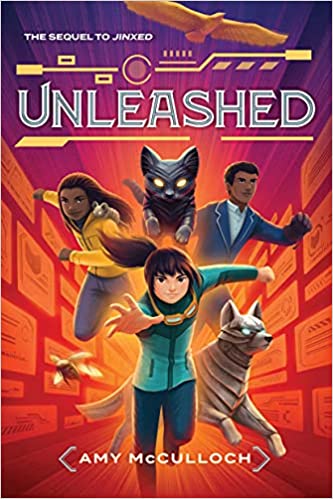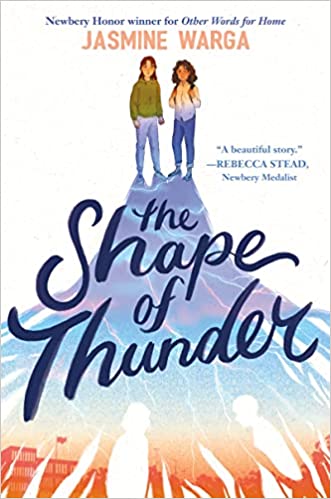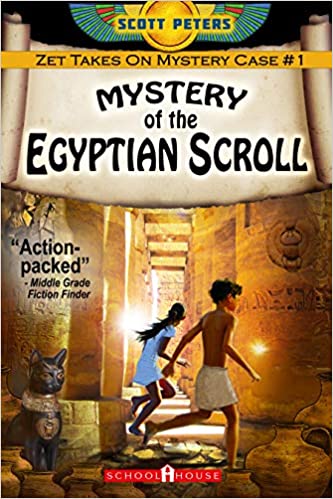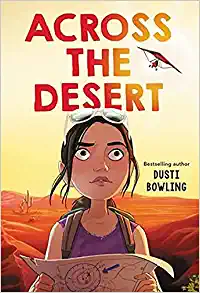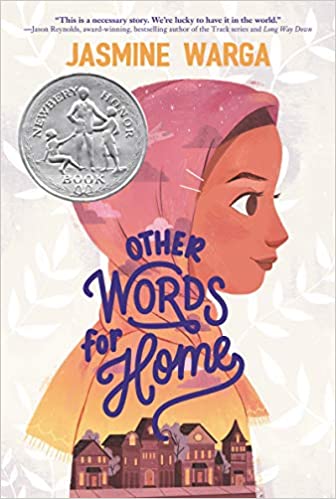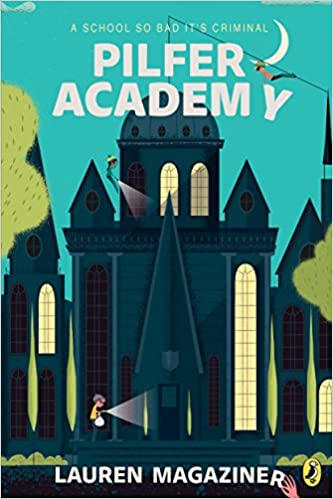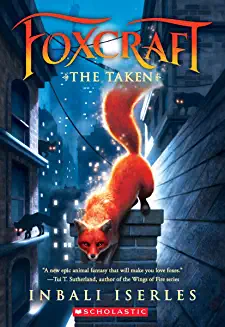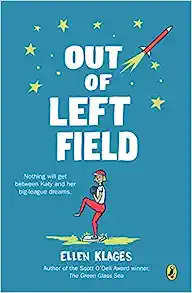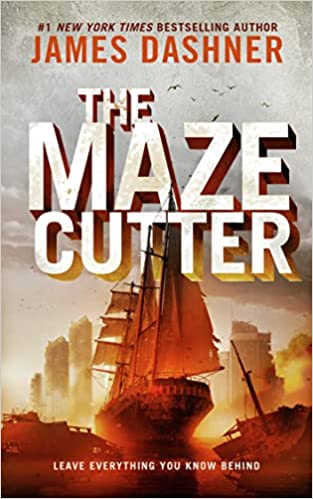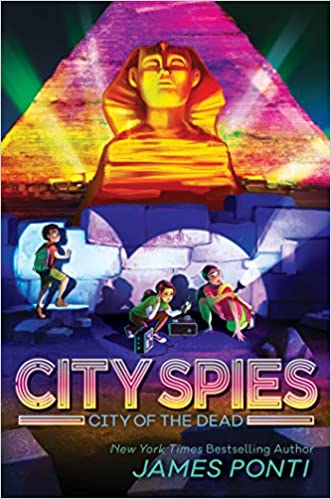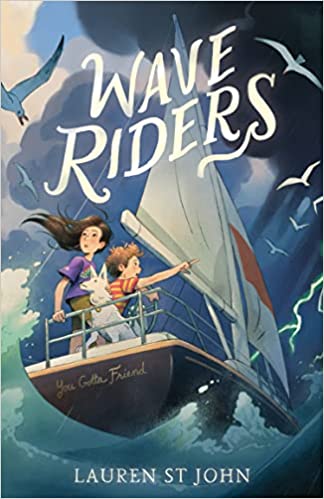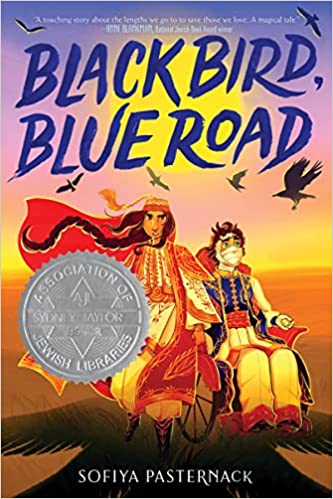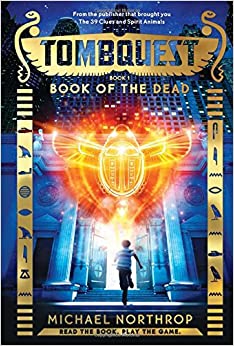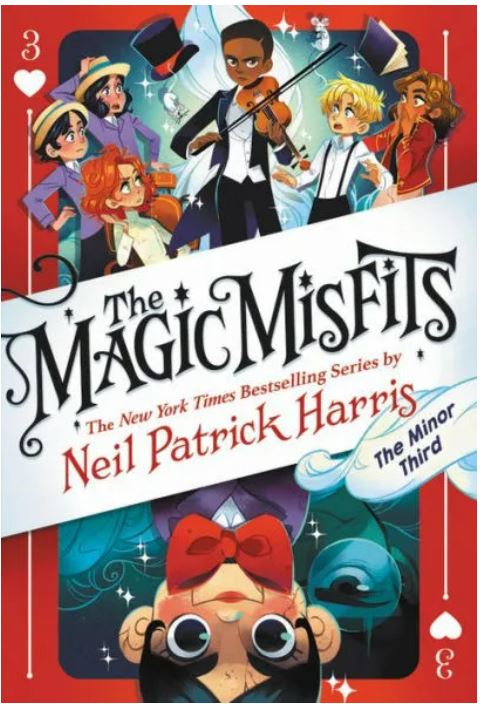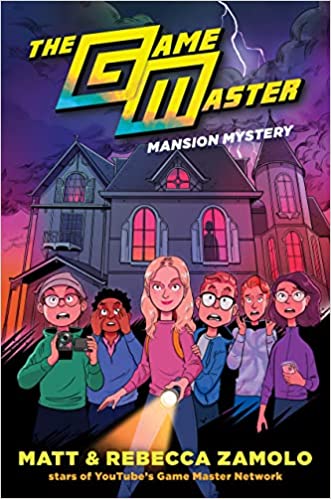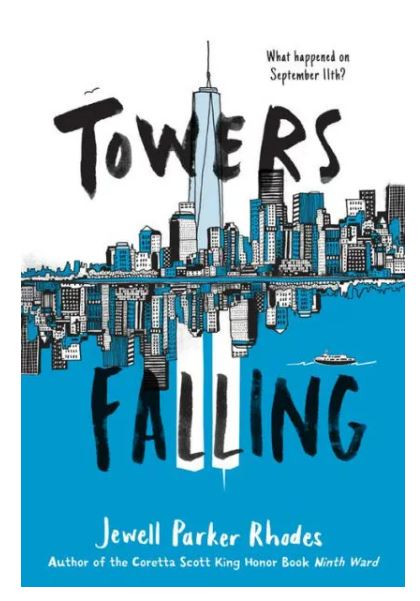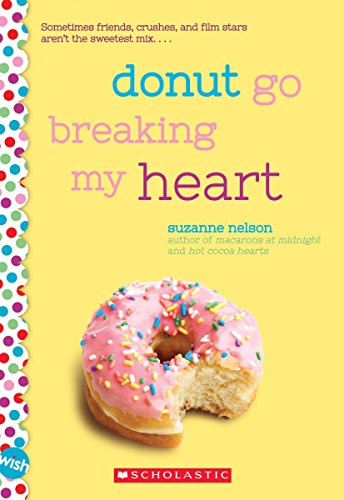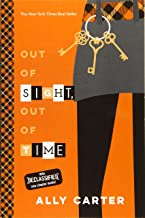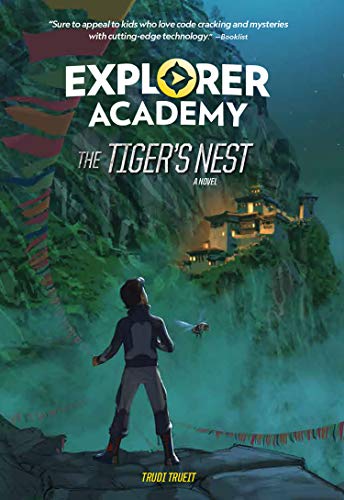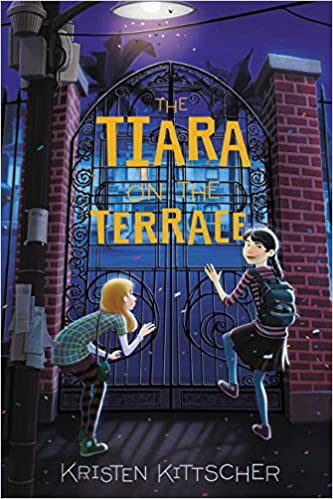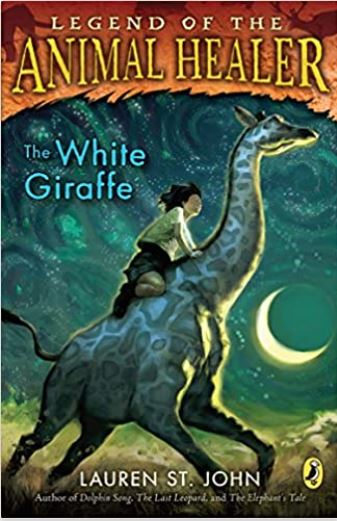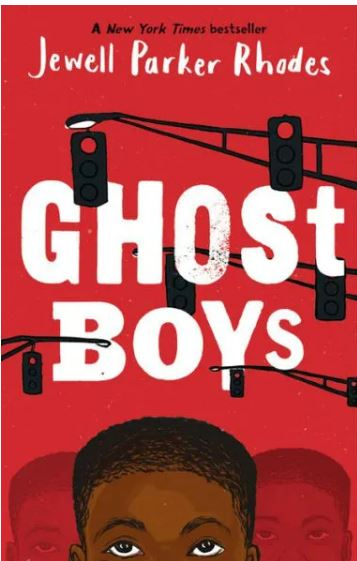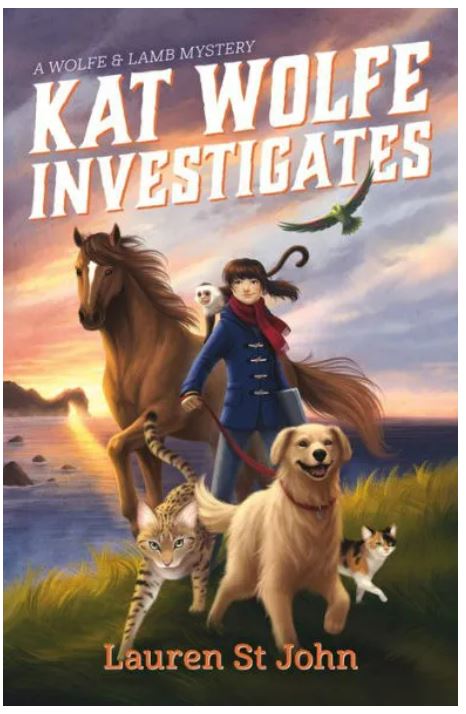After losing her older sister, Mabel, in a school shooting, Cora has been searching for a scientific explanation. For Cora, the word is full of truth. Everything has a reason and answer – she just has to find it. If Cora can find out the reason why her sister died, maybe she can start getting over it, but no matter how hard she tries, Mabel’s death just doesn’t make sense.
Meanwhile, Cora’s (former) best friend, Quinn, is struggling with guilt. For her brother, Parker, is the school shooter responsible for Mabel’s death. Cora is determined to fix their friendship even though the task seems impossible. That is, until Quinn starts reading about time travel.
Time travel would fix everything. The girls could go back and save Mabel before she dies and prevent Parker from falling into the dangerous mindset that led him to commit a mass shooting. The book details their investigations into time travel as they grapple with the deaths of their siblings. Cora and Quinn make frequent visits to a nearby forest, where they think a magical tree has a wormhole that can take them back – they just need to open it. Unfortunately, their attempts to time travel fail again and again. Quinn admits why she thinks it’s not working – she’s been hiding something from Cora. Quinn says that a few weeks before the shooting, she saw Parker investigating their father’s guns.
Cora is furious and feels betrayed, so she tells Quinn to stay away from her. Though it breaks Quinn’s heart, she lets Cora continue the time travel investigation on her own. Then, when a large storm hits, Cora sneaks away from school in order to open the wormhole with the energy of thunder. While crossing a river in the woods, Cora slips but thankfully Quinn saves Cora’s life. Afterward, Cora forgives Quinn.
The Shape of Thunder is narrated in the alternating perspectives of Cora and Quinn, which allows the reader to understand the grief and guilt they feel as they navigate life following the death of their siblings. While the plot is easy to follow, this is a powerful story about loss and forgiveness and should not be taken lightly. It is also a story about the effects of gun violence and how it rips apart families and friends. Cora and Quinn are thoughtful narrators with distinct personalities and distinct forms of grief. They have unique family situations that allow the author to paint a wide picture of a shooting’s effects. Their dedication to fixing the past – and to each other, despite the circumstances – is admirable and powerful.
Ultimately, Cora forgives Quinn because Cora realizes the issue of mass shootings doesn’t lie in isolated incidents, such as people like Parker, but is a larger, societal issue – which is much harder to fix. But The Shape of Thunder is about making the impossible possible. The use of time travel is not to turn the novel into a science fiction book but to imagine beyond what has been done before. The phrase “shape of thunder” is used for the same reasons. Cora says, “The shape of thunder. What a strange phrase. It’s more than contradictory; it’s impossible. A thing that doesn’t actually exist, but possibly could. An impossible thing that could actually be possible. Like finding a wormhole. Like time travel.”
In the end, the girls don’t time travel, but they do obtain something they thought impossible to achieve: reconciliation. Earlier in the book, Cora says she can never forgive Quinn for playing a role in her sister’s death. Likewise, Quinn believes that she doesn’t deserve Cora’s friendship because she feels that she should’ve stopped Parker. However impossible moving forward seems, the two girls realize fighting their grief alone is too difficult. At the end of the story, Cora and Quinn start to rekindle their friendship.
Persisting in the face of profound grief is daunting, but not as impossible as it seems when we share our struggles with others. Time travel may not be real, but love is its own kind of magic. Readers looking for other books that highlight the importance of overcoming obstacles should also read The List of Things That Will Not Change by Rebecca Stead, A Kind of Spark by Elle McNicoll, and Ophie’s Ghosts by Justina Ireland.
Sexual Content
Violence
- Parker orchestrated a mass shooting at Mabel’s school. He shot and killed three people and then committed suicide. While the events of the shooting are not described in detail, Mabel and Parker’s deaths are frequently mentioned.
- While no examples are given, Parker would say hateful things and was active on forums. Cora says, “The news said Parker was active on all these forums full of people who hated women and immigrants and Muslims.”
- Cora slips and falls into a river while Quinn watches. “It’s like something out of a horror film. It happens so fast, but it’s also painfully slow – Cora jumping to the next rock, slipping, and hitting her head with a sickening thud. The sound of her skull colliding with the rocks is something I will never ever be able to forget.” Quinn rescues Cora, and Cora recovers after going to the hospital.
Drugs and Alcohol
Language
- Grams, Cora’s grandma, says “I’ll be damned.”
Supernatural
- A major part of the story is that Cora and Quinn are looking for a way to time travel to prevent Mabel’s and Parker’s deaths. Theories about time travel, space, and wormholes are mentioned frequently.
- Quinn compares time travel to magic. “Everything I’ve read says the best way to find a wormhole is to ask for one to appear. That makes me think of magic. I imagine myself like a witch, looking for the perfect place to cast a spell.”
- Quinn thinks she sees a wormhole in the library. “I open my eyes, and for a brief moment, I swear there’s a halo of light on the floor in the library. A wormhole.” It disappears right after.
- Cora and Quinn are drawn to a tree in the forest that they think is magical. They return to this tree a few times, hoping it is the spot for their wormhole.
Spiritual Content
- Cora has Arab roots that she isn’t very in tune with. She is collecting Arabic words to learn her ancestor’s language, so a few Arabic words appear in the text. Her family is Muslim, but according to Cora they are “not very religious.” She notes a few cultural things in her home. “There’s a painting of the Dome of the Rock hanging in our kitchen. There’s also one framed Quranic verse. . . but since I can’t read Arabic, I always forget which one it is.”
- Cora asks Quinn if her family’s religion had anything to do with her sister’s death. “Did [Parker] go after Mabel because she was Muslim?” Quinn replies, “I don’t know.”
